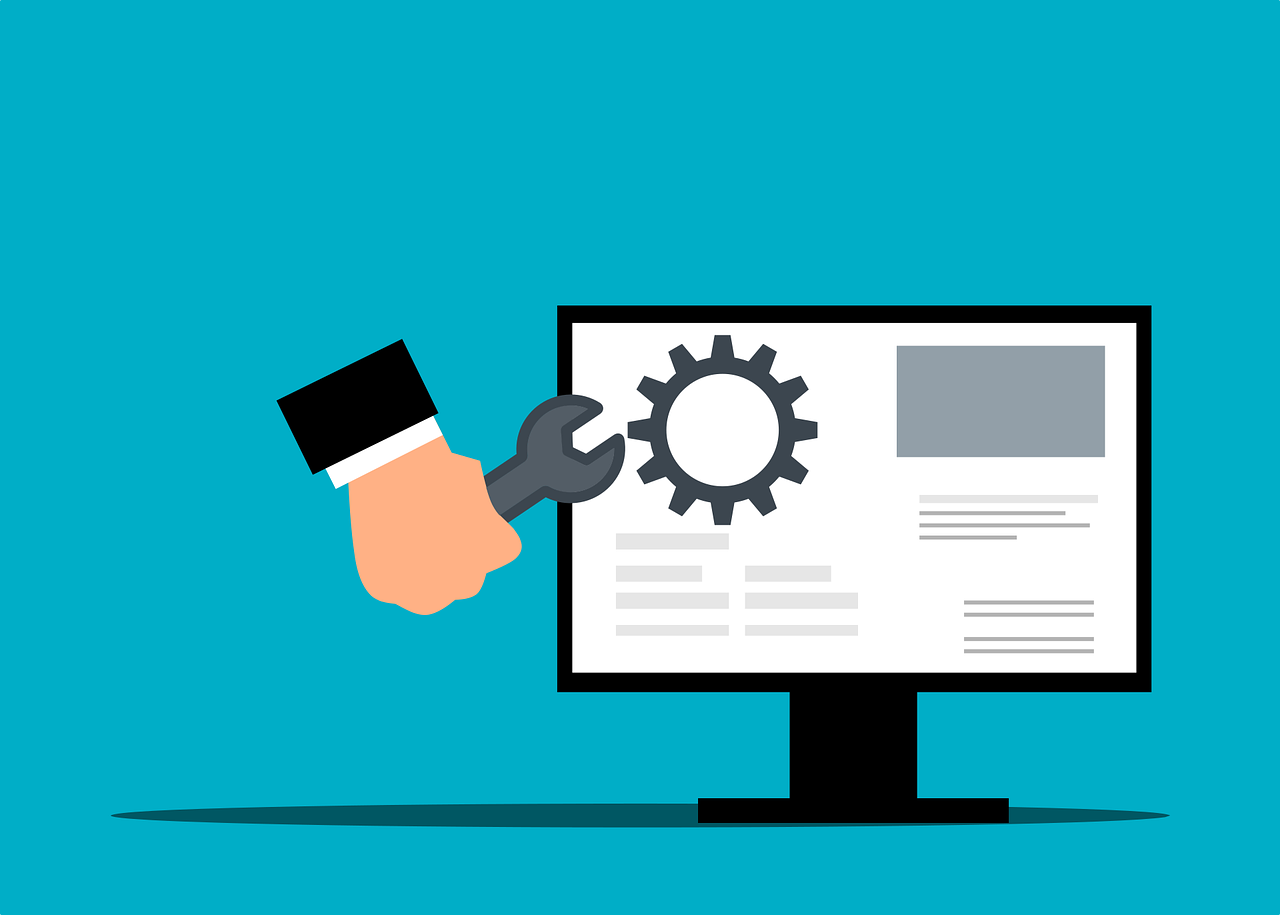A methodical process of problem-solving known as troubleshooting; it is frequently used to identify and resolve problems with sophisticated machinery, electronics, computers, and software solutions. Most troubleshooting techniques start with acquiring information about the problem. Such as an undesirable behavior or a lack of capability that is intended.
Once the problem and how to duplicate it are recognized, the next step is to remove irrelevant parts to see if the problem still exists. Incompatibility difficulties between components and issues brought on by third-party applications can be found using it.
Typically, troubleshooting techniques aim to narrow down a problem so that it may be investigated. The primary objective is to identify the issue and test simple fixes. It also includes restarting the system, turning the device on and off, and making sure the power cord is plugged in.
First, troubleshooters search for common, well-known causes. For instance, the power cable should be tested first when a laptop won’t load up. Troubleshooters must go through a list of parts to pinpoint the component where the malfunction is occurring once typical problems have been ruled out. The goal of troubleshooting is to determine why something does not work as expected and explain how to resolve the problem







